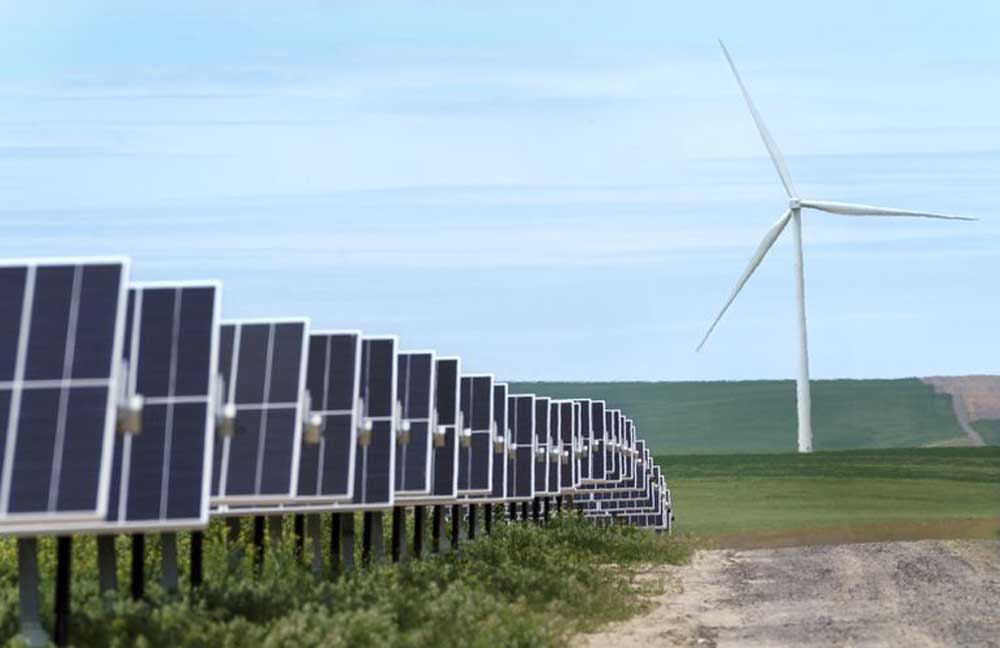Voice of the Chieftain July 24
Published 6:00 am Wednesday, July 24, 2019
For the Wallowa Mountains Hells Canyon Trails Association and their partners, clearing trails of downed trees and encroaching brush is an arduous task, and also a labor of love. It’s time devoted to giving back, and paying forward. And importantly, a time to engage deeply with forest, river, wildlife, and each other.
Around 4 p.m. on Saturday, the trail crew and mules headed back to Red’s Horse Ranch after removing big trees that lay across the trail, clearing rocks and trimming prickly underbrush. We were sweaty and tired, thirsty and hot. But we were happy. More than 60 trees cleared from the trail, along with innumerable rocks, sticks and debris cast aside.
A young woman ran up the trail toward us, phone in hand, white cords leading to a set of earbuds. We moved off the trail for her. She smiled, slowed a tad, and asked crew member Jan Keil, who was carrying a handsaw and a pair of large pruning shears “Catch anything?” And then she was gone.
We wondered, silently at first and then in collective amazement, how she could have mistaken Jan’s tools for fishing gear. Perhaps, like many of us, she simply saw what she expected, regardless of the reality. And we also wondered whether she had an inkling of why the trail was now perfectly manicured for running—no logs to leap, rocks to twist ankles, or underbrush to scratch legs.
The larger question is: How connected was she to the landscape? Did she see grand firs and Doug firs and Ponderosa pines? Or just “pine trees.” Did she witness two generations of fire-scarred trunks or even wonder whether this forest, a place choked with ladder fuels, was fire-prone? Was it a run through an ecosystem? Or was it just a jaunt through a recreational template that might as easily have been a holodeck on the Starship Enterprise. We’ll never know. We didn’t have a chance to ask.
This, of course, conjures up the all-too familiar problems of the urban-rural divide and the supreme difficulty of getting increasingly urban (though not urbane) legislators at all levels to see and to understand, let alone fund, the urgent needs of rural America. Because it’s not just us who need the forests and the river and the Minam Trail. It’s also the folks with earbuds and Nikes.
At dinner our conversation turned toward the work of the day, then the forest, then preserving historic Red’s Horse Ranch. Our small cadre of volunteers ran the political gamut from staunch conservative to wooly-minded liberal in their lives at home. But here we were unified by the needs of the landscape, and the hard, fulfilling work of clearing trail. Where landscape is the heart of the community, and a part of your life and family, then keeping it safe is paramount.
The New York Times printed a column this week titled “Hey, college graduates: don’t miss rural America.” Its author, Samuel Abrams, is a visiting scholar at the conservative American Enterprise Institute. The gist of the piece was simply that “Americans in rural areas are meaningfully connected to their communities,” and in fact more so than most urban locales. Those strong community connections bridge political divides that are not as wide or as unfathomable as many urban people believe. It’s why we clear trails together. It’s why we have a successful opioid treatment program. It’s what we are. “Rural America is not ‘flyover country’” for the young and the urban, Abrams concludes. “It is a dynamic part of our nation.” And it has some lessons that our more urban, earbudded and Nike-shod friends might find useful.








